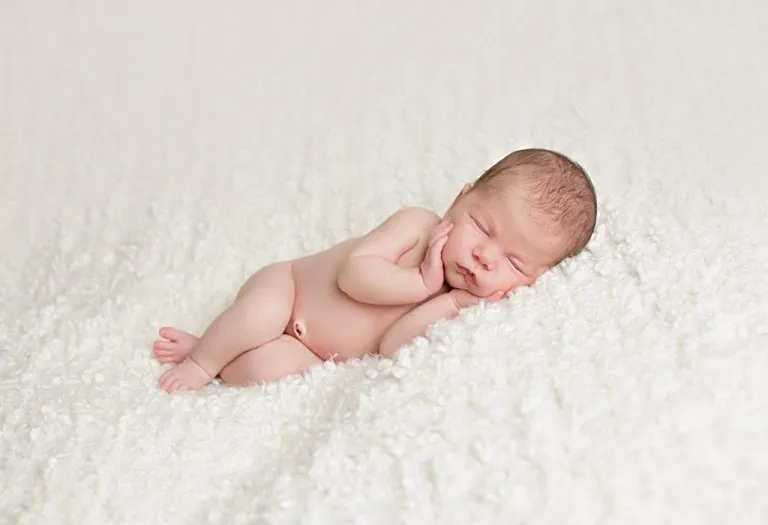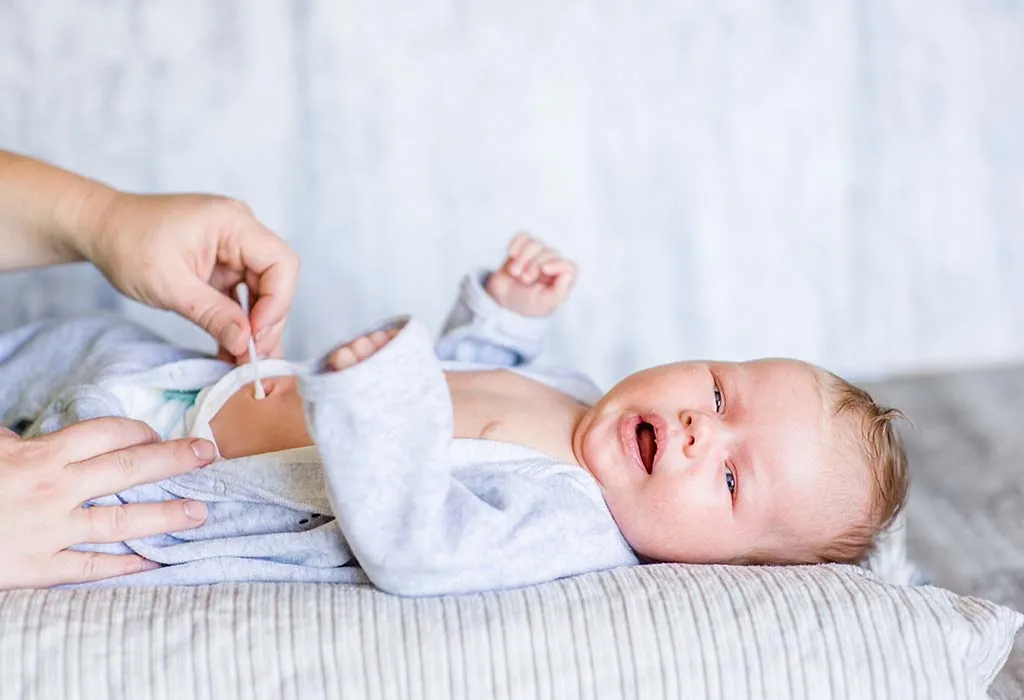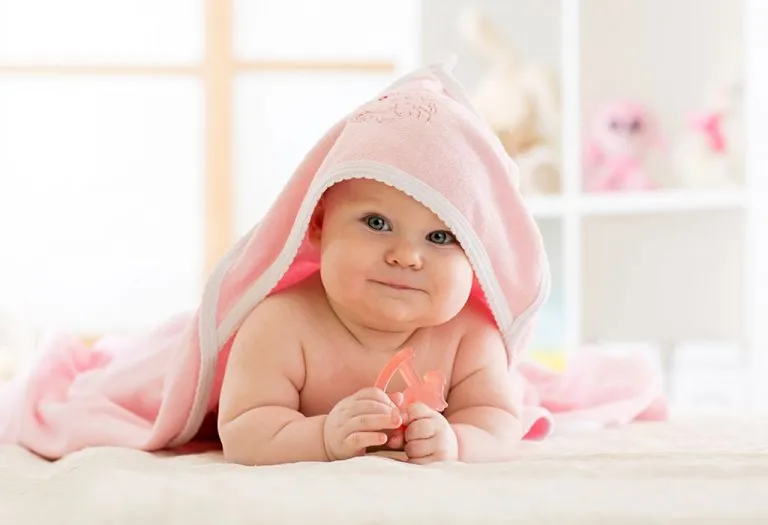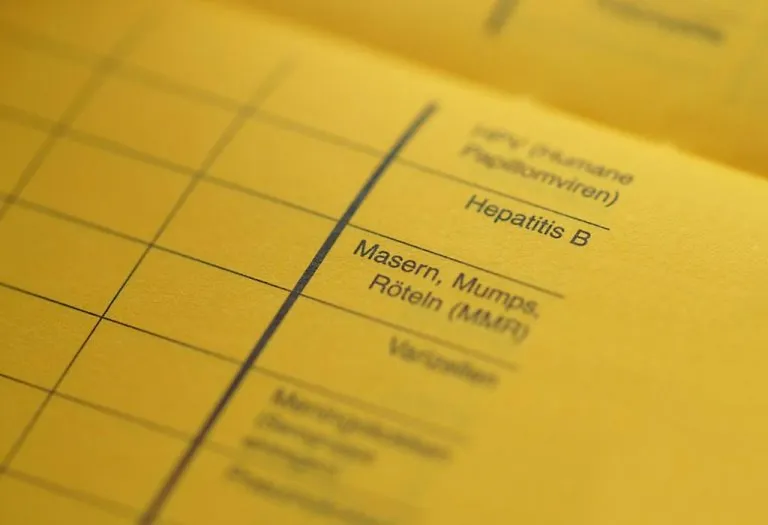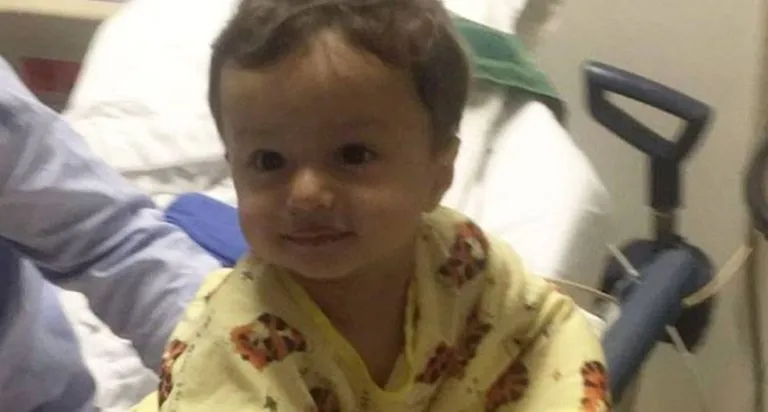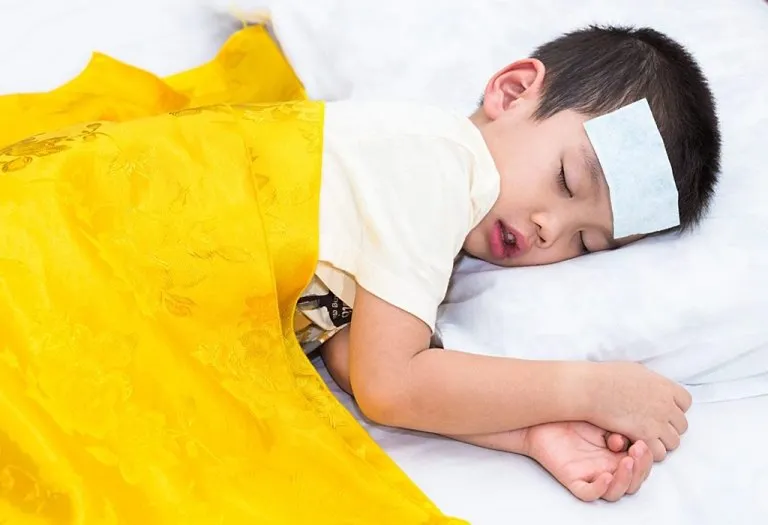Outie Belly Button in Babies – Causes, Treatment & Prevention
Belly buttons have always been an intriguing part of our bodies. When the umbilical cord is cut off and clamped, leaving the stump, it then dries off and falls in a few days, and a navel or the belly button forms in place. While a vast majority of people have an innie belly button, some may have an outie belly button too. If your baby has an outie belly, you’re bound to get worried, but you must know that having an outie belly button in newborns is just by chance, and if it isn’t painful, it is as normal as an ‘innie’.
Not convinced, yet? Find out all about an outie belly button – how it is formed, the risks associated with it, if any, and more.
What Is an Outie Belly Button?
When a baby has a protruding belly button or a belly button that sticks out, it is termed as an outie. It is more visible when the baby laughs, cries, or coughs and is a result of increased pressure inside the abdomen. It shrinks back to normal when the baby is relaxed. The common hunch that the shape of the belly button is decided by how the umbilical cord is cut at birth is in fact, not true.
What Causes an Outie Belly Button in Newborns?
We cannot pinpoint one cause of outies in newborns because there’s no known exact reason for why it happens. The possible suspected causes of an outie in an infant are given below:
1. Umbilical Hernia
Umbilical hernia can be one of the potential reasons why your baby’s belly may be sticking out. An umbilical hernia occurs when the opening in the abdominal muscles of the baby fails to close completely (or doesn’t join well). As a result, the part of the intestine bulges out through the opening in the abdominal muscles. The intestine or other tissues from the abdominal cavity bulge through the weak spot of the belly button, and they are even more noticeable when the baby cries. Umbilical hernias mostly occur in babies and are generally painless.
Mostly, umbilical hernias close on their own by the time a baby turns two years of age. However, if your baby has an outie and you notice the following symptoms of umbilical hernia, it could indicate an infection, and you must seek medical help at the earliest.
- Swelling around the belly button
- Your baby is vomiting
- Your baby is running a high fever
- Baby cries because of the pain around the navel
- A change in the colour around the hernia
2. Umbilical Granuloma
An umbilical granuloma is a small growth of tissue in the belly button appearing weeks after the umbilical cord is cut and the stump falls off. It appears as a red lump covered in a yellow discharge, but it is not a cause of worry. It won’t bother your baby and should go away on its own within a week or two. However, if it doesn’t and becomes infected, medical intervention may be required. In case of an infection in the umbilical granuloma, your baby may have a fever or skin irritation and will require medical assistance.
Are There Any Risks Associated With an Outie?
As mentioned above, an outie is usually harmless, and there is no need to worry about it. If you’re worried about hernia or granuloma, you can consult your doctor about it. Your baby’s doctor will be able to inform you better. Even hernias and granuloma disappear within a couple of weeks, so you need not worry about your baby’s health. The only time when an outie poses a risk to your baby’s health is when the intestines become trapped.
Signs of an Outie Infection
An outie is harmless unless it’s infected. An outie infection could lead to life-threatening results, hence must be taken care of at the right time. Look out for the following signs of infection in your baby’s belly button and take necessary measures in time.
- Pain around the navel region
- Yellow or white pus oozes out from the belly button
- The base of the outie is red and swollen
How to Prevent an Outie Belly Button in Newborns
No, you can’t prevent an outie as it’s not a condition or a disease. It’s as natural as an innie. There’s a common belief that an outie can be prevented (or its shape can be changed) by tapping a coin over it or by strapping something across the belly, but that’s not true, neither is it safe. There’s no evidence to prove the efficacy of these measures. In fact, tapping a coin on the belly button or using tape to strap the belly can irritate your baby’s skin and result in an unwanted infection.
How to Treat an Outie
Tapping a coin is not going to do any good, so what can be done to treat the outie? If you think that surgery is the solution, then please note that it’s not the answer. An outie belly doesn’t usually require surgery. You can check with your doctor about it; he will be able to guide you the best.
Whereas a hernia or granuloma is concerned, you can always take preventive measures to ensure that your baby’s belly button doesn’t get infected. A hernia usually disappears by the time a child turns two, in case it doesn’t, it can be treated with surgery once your child turns four years of age.
Tips to Take Care of Your Newborn’s Outie
Caring for your newborn’s belly button (whether innie or outie) is essential to avoid the chances of infection and irritation. You’ll have to ensure that the stump stays clean and dry until it falls off. Follow these simple tips (which we’re sure you already know) to take care of your baby’s outie.
- Give your little one sponge baths to prevent his navel region from getting wet.
- Use mild soap and water to clean the area. However, first, check with your doctor if you should use soap on your baby’s skin.
- Dry the area thoroughly after giving a sponge bath to your baby.
- Clean or wipe the base of the cord using a cotton swab.
- Ensure there is proper air circulation around the navel region. Do not cover your baby’s belly button/cord with the diaper.
When Does an Infant’s Outie Go In?
An outie belly button usually goes in when the muscles in the abdomen grow stronger, and the hole of the belly button heals completely.
Can a Baby’s Belly Button Change From Outie to Innie?
Nothing you do can turn your baby’s outie into an innie. So if your baby has an outie, he will have to live with it for life, and it’s completely normal. Innie belly buttons do outnumber outies, but there is nothing wrong in having an outie – it is completely normal.
When to Consult a Doctor
If you notice the following signs of infection in your newborn, consult your baby’s paediatrician without delay.
- Yellow discharge or a foul-smelling discharge from the belly button
- Swelling or redness around the navel region
- Your baby is running a high fever
- Foul smell from the navel region
- Tenderness around the belly button
FAQs
1. Are outie belly buttons hereditary?
While there is no specific genetic link that guarantees an outie belly button, some families may have a tendency toward this variation. However, the shape of a belly button is primarily determined by the healing process of the umbilical cord rather than hereditary factors.
2. Can the appearance of an outie belly button change with weight fluctuations?
In rare cases, significant weight changes during infancy can affect the appearance of the belly button. As a baby grows and gains or loses weight, the surrounding skin and tissue may stretch or retract, potentially altering the shape of the belly button over time.
3. Will an outie belly button change as the child grows?
Many outie belly buttons may flatten out or become less prominent as the child grows and the abdominal wall strengthens. However, some children will retain their outie shape into adulthood. Each individual is different, so changes can vary.
4. Are there any cultural beliefs or superstitions associated with outie belly buttons?
In some cultures, an outie belly button is considered a sign of good luck or a unique personality trait. These beliefs vary widely and can reflect cultural perceptions of body image and health, though they lack scientific basis.
This was all about infant belly button outie. Note that an outie in a newborn is not a medical condition. An outie belly button is a belly button that protrudes and nothing more than that, so don’t panic. In case, you’re worried about a hernia or granuloma, seek medical help.
References/Resources:
1. Umbilical hernia repair; NHS; https://www.nhs.uk/conditions/umbilical-hernia-repair/
2. Umbilical Cord Care; Stanford Medicine; https://www.stanfordchildrens.org/en/topic/default?id=umbilical-cord-care-90-P02646
3. Innies Vs. “Outies”; Le Bonheur Children’s Hospital; https://www.lebonheur.org/blogs/practical-parenting/innies-vs-outies
4. Umbilical Hernia; Johns Hopkins Medicine; https://www.hopkinsmedicine.org/health/conditions-and-diseases/hernias/umbilical-hernia
5. Umbilical Cord Care; American Academy of Pediatrics; https://www.healthychildren.org/English/ages-stages/baby/bathing-skin-care/Pages/Umbilical-Cord-Care.aspx
6. Umbilical Hernia in Babies & Children; American Academy of Pediatrics; https://www.healthychildren.org/English/health-issues/conditions/abdominal/Pages/umbilical-hernia-in-children.aspx
7. Umbilical hernia; Mayo Clinic; https://www.mayoclinic.org/diseases-conditions/umbilical-hernia/symptoms-causes/syc-20378685
Also Read:
Newborn Umbilical Cord Care
Newborn Belly Button Bleeding
Newborn Baby Myths and Facts
Was This Article Helpful?
Parenting is a huge responsibility, for you as a caregiver, but also for us as a parenting content platform. We understand that and take our responsibility of creating credible content seriously. FirstCry Parenting articles are written and published only after extensive research using factually sound references to deliver quality content that is accurate, validated by experts, and completely reliable. To understand how we go about creating content that is credible, read our editorial policy here.





